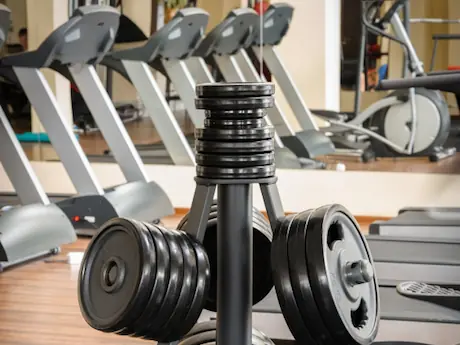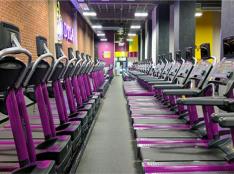
Some prefer running, some prefer lifting weights. What's the best? There's no right or wrong answer, but there are ways to balance the ways you exercise.
What is Cardio?
Cardio, or aerobic conditioning, is exercising the heart and lungs or cardiorespiratory system. By placing added stress (i.e. exercise) on the system, the body can utilize its oxygen more efficiently, deliver more per beat and create a stronger system to withstand internal and external stressors placed upon it.
How Much Cardio Should You Do?
What is your ultimate goal? If you want to run or walk 10 miles, then you need to plan your training schedule based on achieving that distance. The reason for training is not only to build up muscular endurance, but to train the circulatory and respiratory system to supply enough blood and oxygen to the muscles during the activity.
However, if your goal is to sprint, then you'll be activating the anaerobic system (used without oxygen). If you're going to be running or walking long distance, then you'll be activating the aerobic component of your body (cardiorespiratory).
More: 30-Day Cardio Challenge
Variables to Consider
There are several variables to address when it comes to cardio training. All play a vital role in how well your cardiorespiratory system functions. Here are a couple:
Altitude - If you're exercising in an area that has a higher elevation gain than you're accustomed too, you need to practice at various altitudes. This is when your cardiorespiratory system needs to be well-conditioned. Exercising at higher elevation increases your heart rate, and your lungs will be working overtime to supply oxygen at a faster rate because of the decrease in oxygen at higher altitudes.
Hydration - Water is a vital component directly related to sweating and breathing, or your respiratory rate. When you breathe, you're expelling certain amount of water with every breath. Thirst seems to be more prominent the higher the elevation. The reason for this is because you're breathing in and out at a higher rate than your body is accustomed to getting the oxygen it needs and is used to getting at lower elevation levels.
- 1
- of
- 2
About the Author

Get ACTIVE on the Go


Couch to 5K®
The best way to get new runners off the couch and across the finish line of their first 5K.
Available for iOS | Android





Discuss This Article